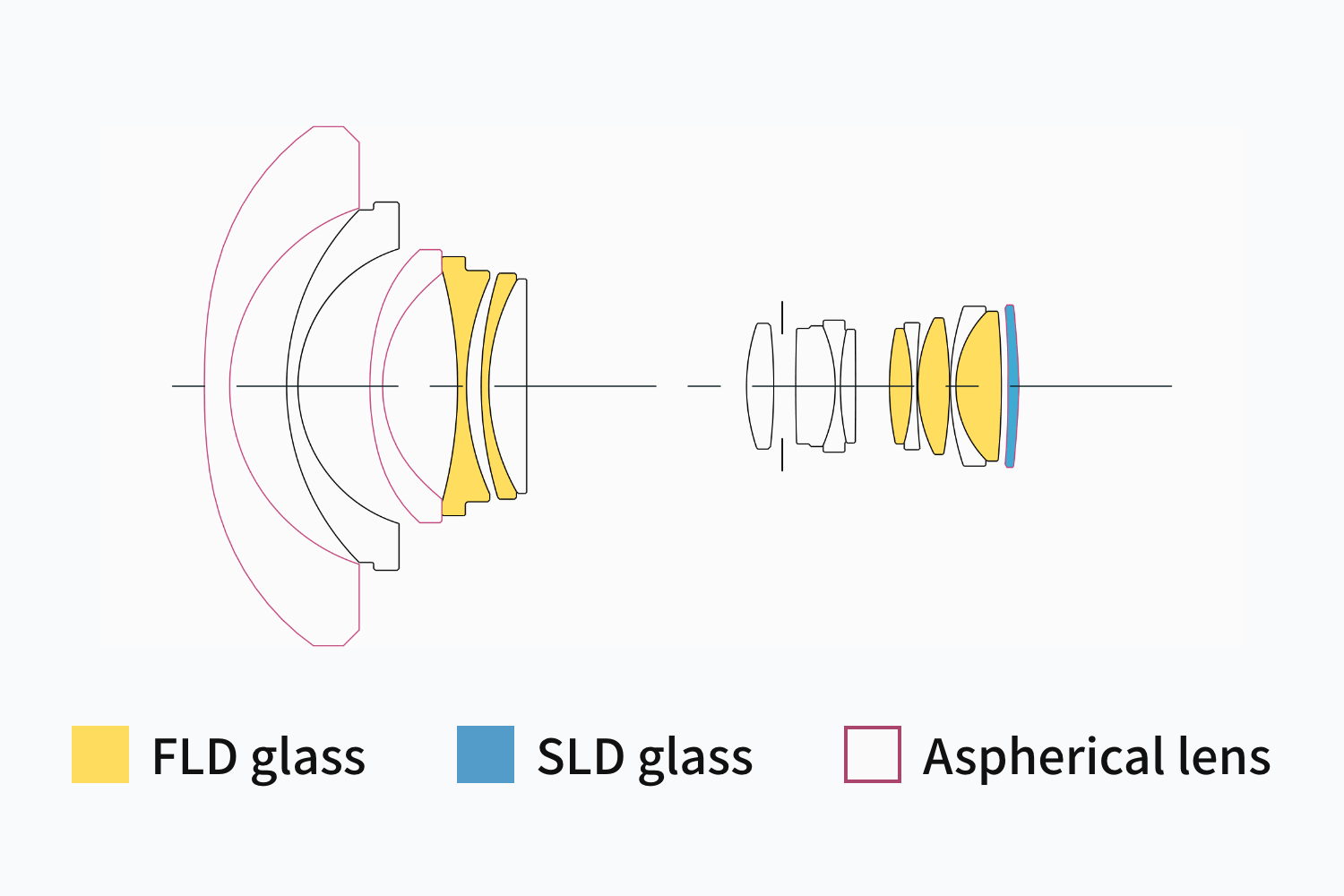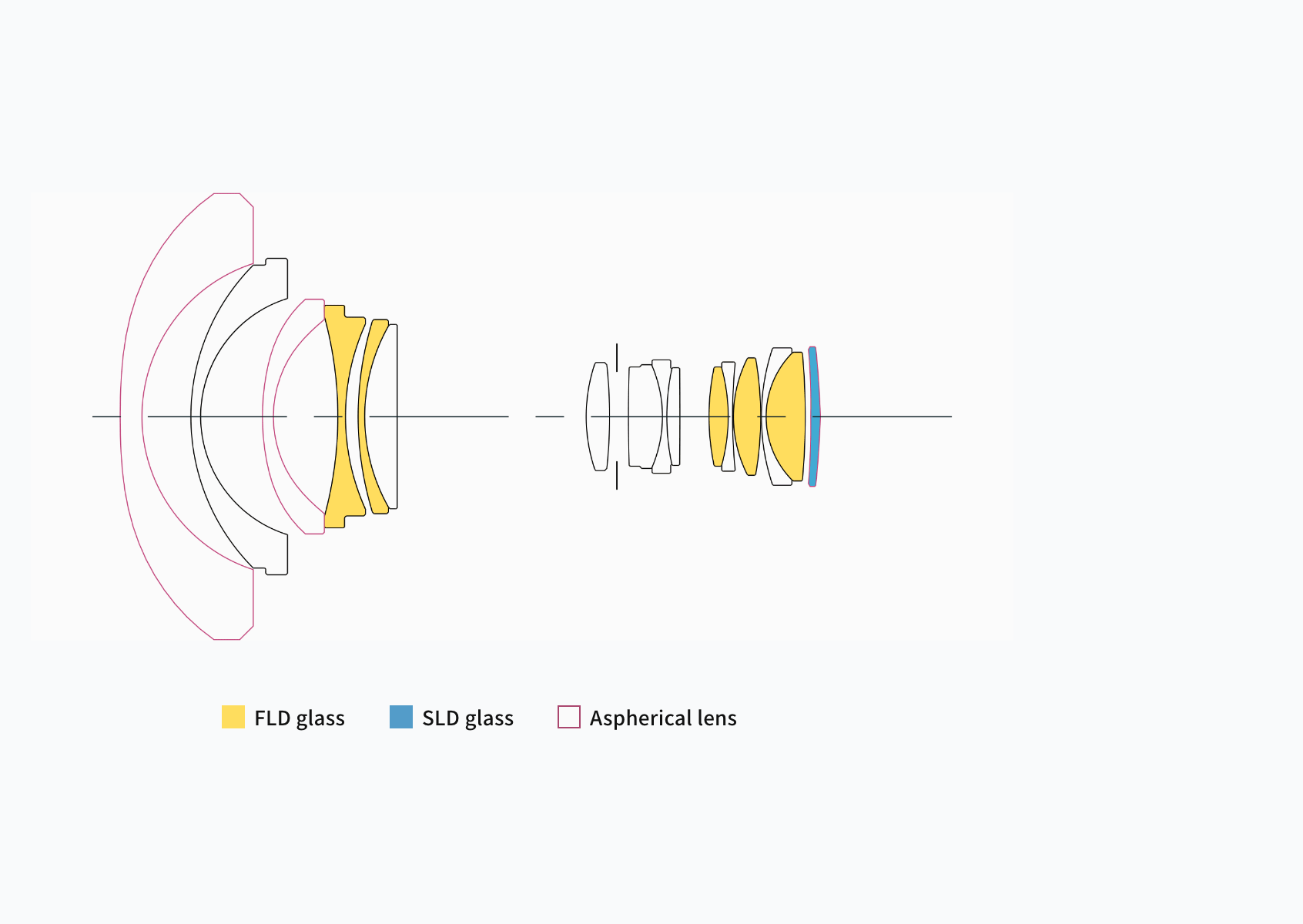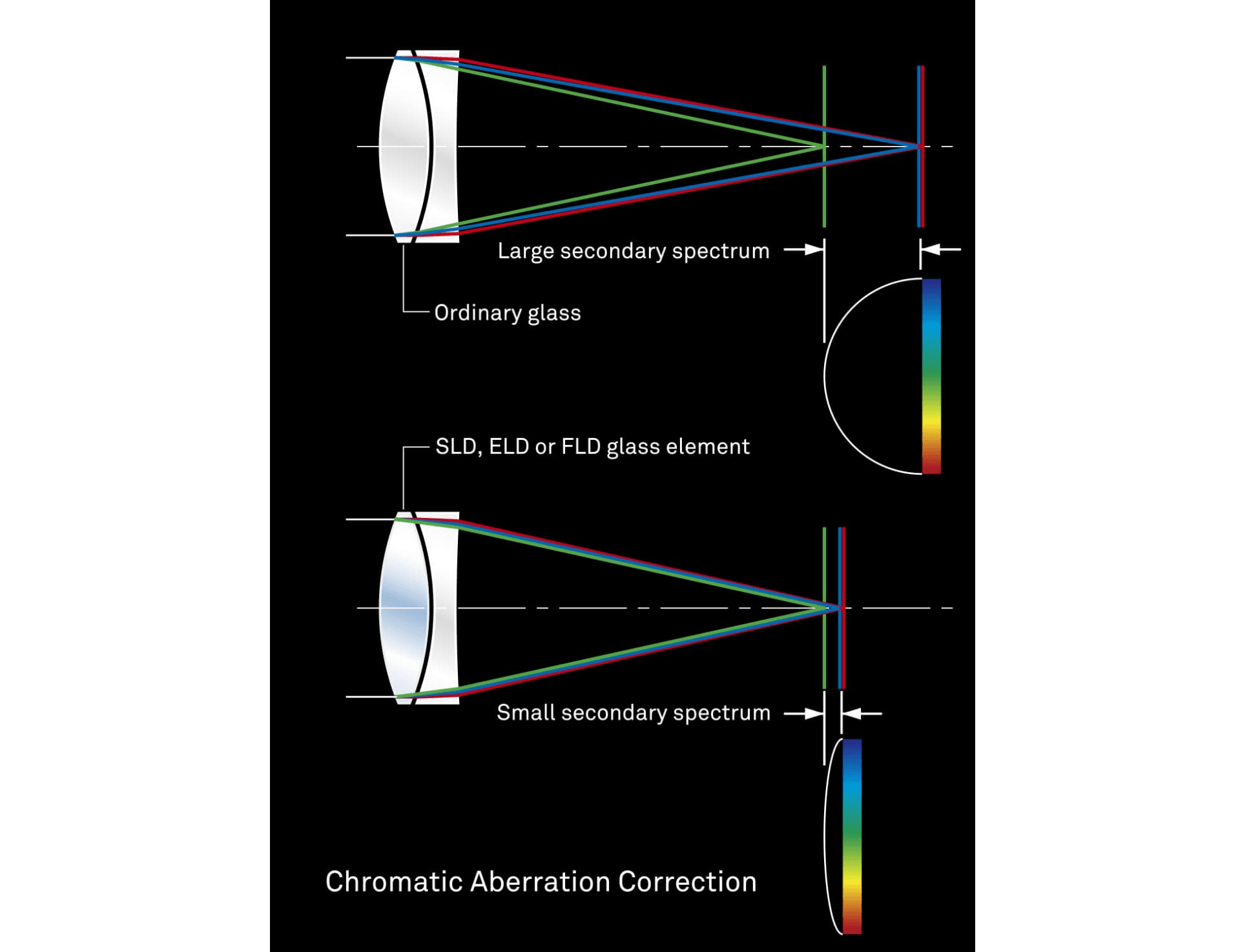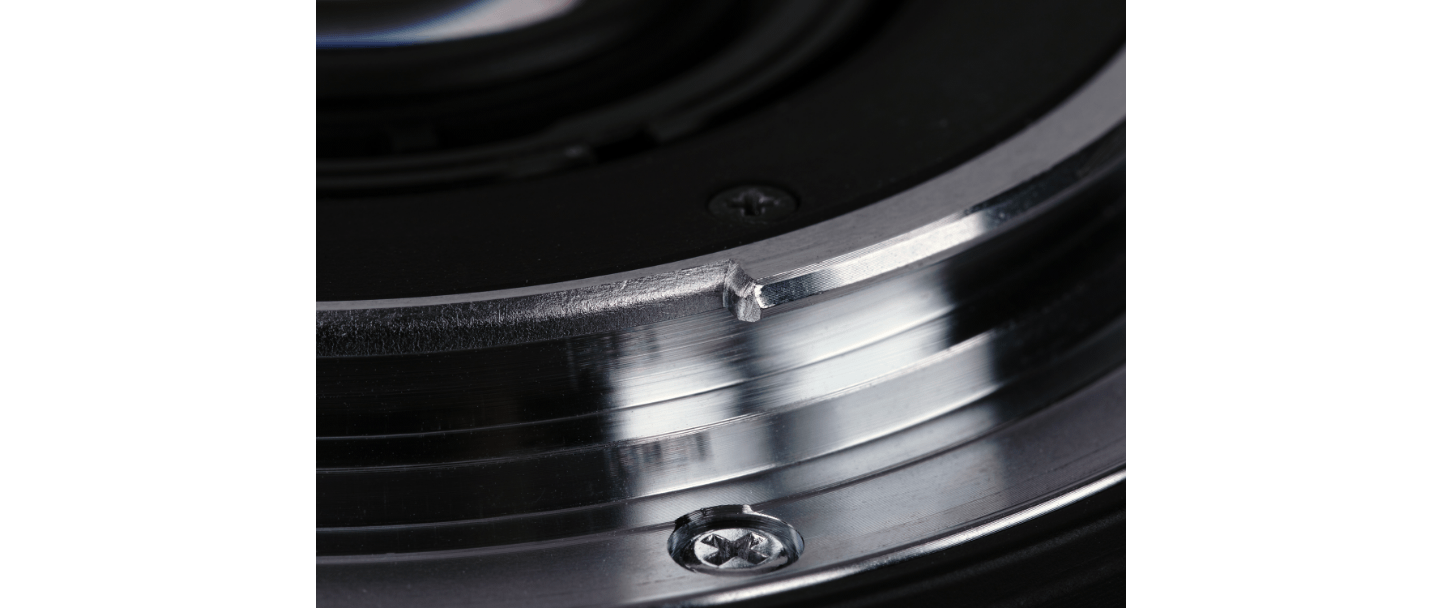Outstanding image quality—from center to edges

When it comes to ultra-wide-angle lenses, photographers require outstanding image quality from the center of the image to the edges without any distortion. Such performance is particularly valuable in architectural photography. The new SIGMA 12-24mm F4 DG HSM | Art leverages SIGMA’s accumulated expertise in the processing and manufacture of aspherical lenses and incorporates multiple aspherical lenses produced with precision glass molding. The lens also features lens elements made with FLD (“F” Low Dispersion) glass, which is equivalent to fluorite in performance, and an optimized power distribution. Together, these features help minimize distortion, transverse chromatic aberration, and coma flare. As a result, image quality is outstanding across the image, all the way to the edges.

Exclusive low-dispersion glass

The degree to which light is refracted by glass depends on the light’s wavelength. This fact causes different colors of light to focus at slightly different points. The result is chromatic aberration, the color fringing that is particularly noticeable in telephoto lenses. Most chromatic aberration can be removed by combining a high-refractivity convex lens element with a low-refractivity concave element. Yet residual chromatic aberration known as “secondary spectrum” may still remain. To minimize this secondary spectrum, which can be a serious issue with conventional lenses, SIGMA lenses feature up to three types of exclusive low-dispersion glass offering superior performance: ELD (Extraordinary Low Dispersion), SLD (Special Low Dispersion) and FLD (“F” Low Dispersion). In particular, FLD glass offers ultra-low dispersion in combination with high transmittance and the anomalous dispersion characteristics of fluorite. Meticulous deployment of these types of exclusive low-dispersion glass and optimization of power distribution gives SIGMA lenses superlative image rendition undiminished by residual chromatic aberration.
Flare and ghosting reduction

From an early stage in the lens design process, flare and ghosting have been measured to establish an optical design resistant to strong incident light sources such as backlighting. SIGMA’s Super Multi-Layer Coating reduces flare and ghosting to help photographers produce sharp and high contrast images even in backlit conditions.
Read More
Featuring all of SIGMA’s latest technologies.

To deliver amazing image quality, SIGMA has added in all its latest technologies, starting with the mechanical system. The optical system features an ⌀80mm diameter aspherical lens element, which is the largest for this lens class on the market. By leveraging all of its development experience to date, SIGMA has established a new era of 12-24mm performance.

Featuring an ⌀80mm aspherical lens—the largestin this lens class
The SIGMA 12-24mm F4 DG HSM |Art features an ⌀80mm large-diameter molded glass aspherical lens—the largest such element in this class of lens. This lens is highly effective in minimizing distortion, spherical aberration, and coma flare.
Newly designed HSM for nimbleAF control
The newly designed Hyper Sonic Motor (HSM) is large, offers 1.3 times the torque of its predecessor. Even at low speeds, it offers exceptionally stable performance
Minimum focusing distance of 24cm*
Leveraging the incredibly broad perspective of an ultra-wide-angle lens, photographers can compose close-up shots with impressively expansive backgrounds.
* At 24mm end of the zoom range
Mount with Dust and Splash Resistant Structure
The lens mount incorporates rubber sealing to protect the mount from dust and water drops. The front lens feature a water- and oil-repellent coating that is particularly useful when shooting in a drizzle, near ocean spray, and in a wide variety of other conditions.
F4 brightness throughout the zoom range.
With F4 throughout the zoom range, this lens is one stop brighter than conventional lenses. Photographers can now use a higher shutter speed that will crisply capture leaves fluttering in the breeze and other quick-moving subjects. A constant aperture during zooming also makes this lens exceptionally easy to use.
New material TSC(Thermally Stable Composite)
To ensure precise operation, internal parts feature generous use of metal and
TSC (Thermally Stable Composite), which is highly compatible with metal parts.
Nikon electromagnetic diaphragm mechanism included
The lens for the Nikon camera includes the electromagnetic diaphragm mechanism and is able to receive the appropriate signals from the camera body. This feature ensures precision diaphragm control and stable Auto Exposure (AE) performance during continuous shooting.
Nikon F mount camera compatibility

Rounded diaphragm
The 9-blade rounded diaphragm creates an attractive blur in the out-of-focus areas of the image.

High-precision, rugged brass bayonet mount
The brass mount combines high precision with rugged construction. Its treated surfaces and enhanced strength contribute to the exceptional durability of the lens.
Read More